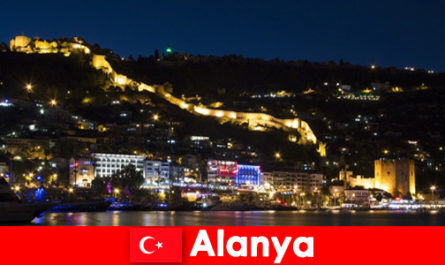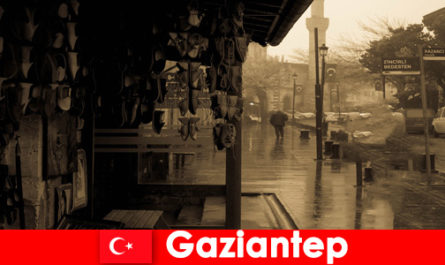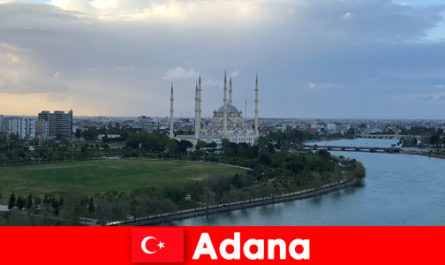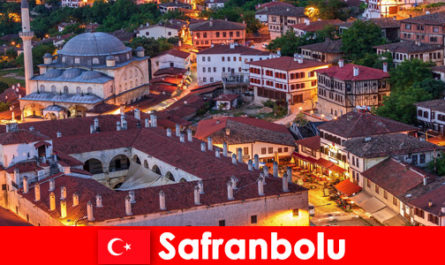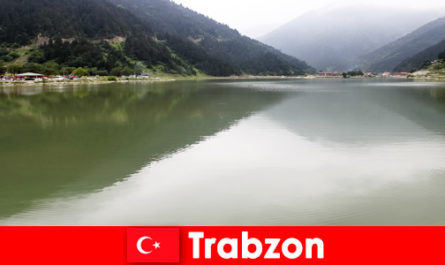Istanbul is one of the most important cities in Turkey. It is located partly on the European continent and partly on the Asian mainland. The Bosphorus and the Sea of Marmara divide the urban area. The city offers numerous sights from all eras and cultures that are known worldwide. The Hagia Sophia, the Blue Mosque and the Topkapi Palace are only a small selection.
A world metropolis as a melting pot of different cultures
Due to the impressive location, people from different cultures meet in Istanbul. Magnificent sultan’s palaces and clichés from 1001 nights exist alongside European influences. Exactly how many inhabitants the city has in Turkey is unclear, because the official figures do not include illegal settlements in and around the world metropolis. What is certain is that the Turkish city is the fastest growing city in Europe. No other metropolis wins so many inhabitants so quickly. By 2025, more than 20 million people are expected to live in the city. The increase in the population is mainly due to the influx from Eastern and Central Anatolia. Istanbul connects worlds. In contrast to other cities in Turkey, the residential city is very open. The different influences are reflected in urban life. While older women are still plucking cotton on the street, teenagers with tattooed smartphones and modern sneakers walk three alleys further through the scenery.
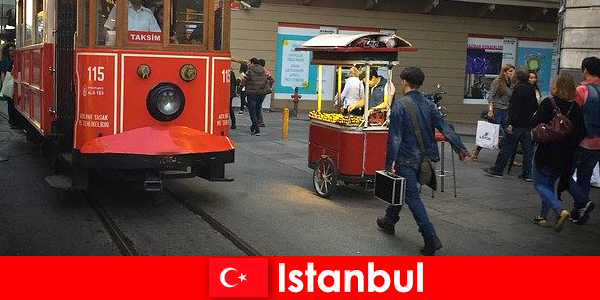
Multicultural neighborhoods shape the image of Istanbul
In Istanbul’s Galata district, today’s Beyoglu, Jews and Muslims live side by side. The Cihangir district in Beyoglu has the reputation of being the most European area in the city. Here the Turkish metropolis is quite multi-cultural and liberal. The best breakfast shops and trendy clubs, record stores and small boutiques can be found in the district. You should plan a whole day to see all the treasures in the side streets. On Istiklal Caddesi, the street of independence, one encounters the diversity of Istanbul. Veiled women do their shopping in addition to makeup women. 30 kilometers east of the city center lies Polonezköy, a quiet village with 400 inhabitants, which was founded by settlers in 1842 and which expresses the contrasts of the cosmopolitan city well. The appearance of the place makes it a kind of insider tip. There are many half-timbered houses to be seen, which their residents cherish together with chic, enclosed gardens. A Catholic church and cemetery are also located. In Istanbul’s Lisesi grammar school, teachers from different nations teach children in Istanbul. The school is one of the best schools in the city.
Historical buildings indicate an eventful past
The impressive buildings of the city clearly show that rulers from different cultures were on the move in Istanbul. The Beylerbeyi Palace near the Martyrs’ Bridge of July 15 is Istanbul’s Ottoman Summer Palace. The palace served as a residence for Sultan Abdülaziz in the warm season. With its marble facade and the two pavilions on the bank, the stately Rococo-style building is an attractive starting point for visitors to the city. The Hagia Sophia is a world-famous church, which was built in the 6th century AD under the direction of the Byzantine emperor Justinian I. It is part of the UNESCO World Heritage Site, which also includes other historical sites and buildings in Istanbul. After the Turkish conquest of Constantinople at the time, Mehmed II had the building converted into a mosque. The architecture of Hagia Sophia is considered a masterpiece. The most difficult area in terms of construction was the construction of the central dome. After a tour of the church, you can go straight to the Topkapi Palace. For centuries this was the seat of government of the sultans. The extensive palace complex extends over 70 hectares, from which you can enjoy a fantastic view over the Bosphorus and the Sea of Marmara. The mesmerizing exterior of the Blue Mosque can hardly be resisted. Six minarets line the building. The Blue Mosque is the largest and most magnificent mosque in Istanbul and is a true work of art of Ottoman architecture. Sultan Ahmet I had it built during his reign. In addition to its tourist attraction, the mosque is actively used as a place of faith. At the time of the five daily prayers, the sight is closed to guests for about half an hour.
 Dansk
Dansk Deutsch
Deutsch Español
Español Français
Français Indonesia
Indonesia Italiano
Italiano Magyar
Magyar Melayu
Melayu Nederlands
Nederlands Polski
Polski Português
Português Русский
Русский Română
Română Tiếng Việt
Tiếng Việt Türkçe
Türkçe Українська
Українська български
български Ελληνικα
Ελληνικα 한국어
한국어 हिन्दी
हिन्दी 日本語
日本語 简体中文
简体中文
